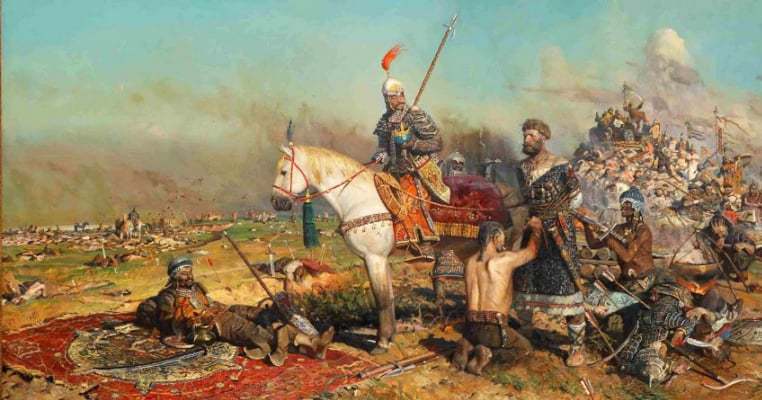“Russia is a whole separate world, submissive to the will, caprice, fantasy of a single man, whether his name be Peter or Ivan, no matter – in all instances, the common element is the embodiment of arbitrariness. Contrary to all the laws of the human community, Russia moves only in the direction of her own enslavement and the enslavement of all the neighboring peoples.” – Petr Chaadaev.
For most of its history since the 9th century, Russia has seldom breathed free or existed without an oppressive government exploiting its people and cowing them into submission. Some historians have summarized the history of Russian governments as centuries of servility brutally imposed upon the downtrodden, interspersed with violent servile insurrections, followed by a brutal reinstatement of servility.
Following are ten government systems that Russia experienced throughout its history.
The Arrival of the Vikings
The story of Russia begins with the Vikings. Specifically, Rurik (circa 830 – 879), a Viking chieftain who gained control of the town of Ladoga near today’s Saint Petersburg, around 855. He then went on to build a settlement named Holmgard near Novgorod, founded the Rurik Dynasty, and his descendants conquered a vast region stretching from the Baltic to the Black Sea. That territory encompassed most of today’s Ukraine, Belorussia, and the western parts of European Russia. Rurik’s progeny divided that land amongst themselves into states that came to be known collectively as Kievan Rus – the historic heartland of Russia.
Our knowledge of Rurik comes from a 12th-century history of Kievan Rus, The Russian Primary Chronicle, written by a monk named Nestor. According to Nestor’s work, the Eastern Slavs of the Novgorod region had warred with invading Vikings and defeated them. However, the Slavs then got to fighting amongst themselves, and to end their civil strife, they changed their minds about the Vikings, and decided to invite a Viking chieftain named Rurik to rule them. So Rurik showed up with two of his brothers, a Viking entourage, and became ruler of Novgorod and the surrounding region.

At least that is how the early Russians liked to imagine the means by which they came to be ruled by Vikings. However, few historians today give the “invitation” story much credence or accept it at face value, viewing it instead as a face-saving invention by Slavs living under Viking domination. The natives preferred to imagine that they had voluntarily invited their foreign rulers, rather than having been conquered and subjugated by them.
Having conquered Ladoga around 855, Rurik pushed southwards, and by 862, he was master of what is now Novgorod and its surrounding region. He fortified the town – whose name means “New City” in modern Russian today, but meant “New Fortification” in Medieval Russian – and used it as a base of operations and expansion. He ruled his new realm until his death in 879.
Rurik bequeathed his realm to his kinsman Orvar of Holmgard – later Russified into Oleg of Novgorod – and entrusted to him the care of his young son, Igor. Oleg continued Rurik’s expansionist policies, and eventually seized Kiev from his brother Askold, who himself had only recently seized it from the local Slavs. Kiev became the heartland of and gave its name to, the Kievan Rus civilization.

